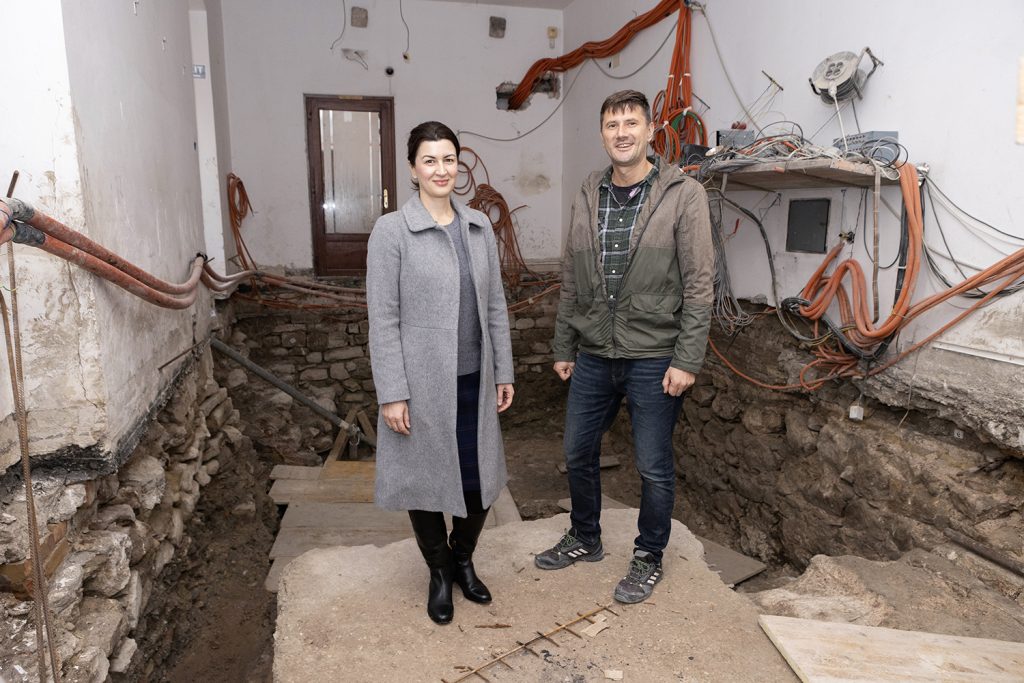December the 5th, 2023 – A truly incredible discovery has been made under the Split City Museum by archaeologists.
The ongoing works which are part of a European project called “Palace of Life, City of Change” involve the reconstruction of the ground floor and the installation of a lift in the Split City Museum. The current works have unearthed a valuable archaeological site boasting hitherto unseen ancient remains from the time of the construction of Diocletian’s Palace.
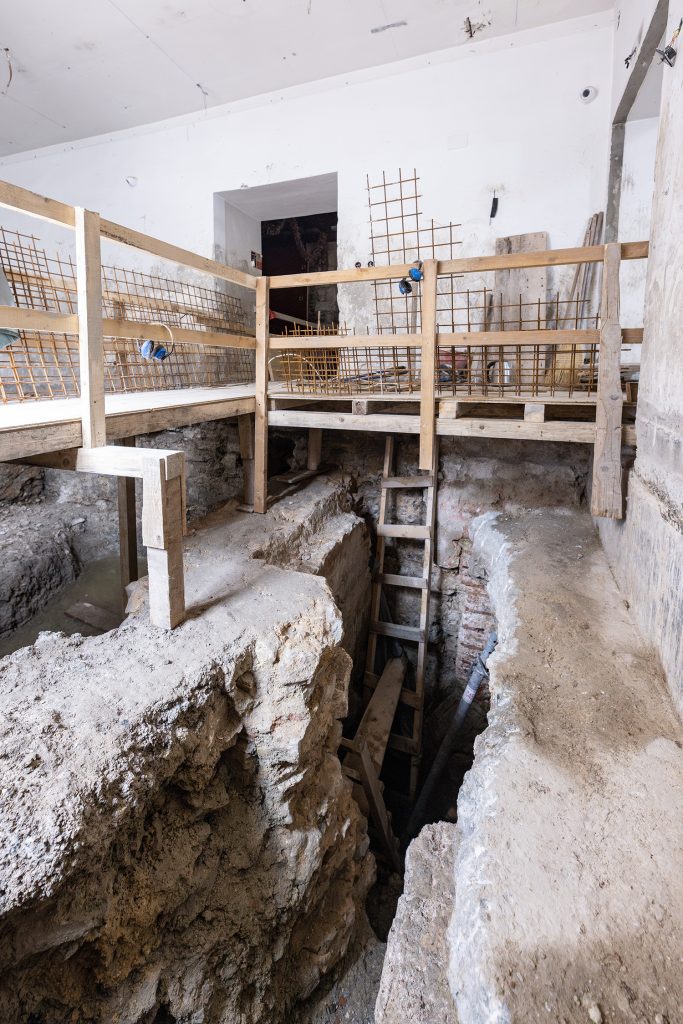
During the planning phase of the works in the former Renaissance palace of the Papalić family, minor archaeological discoveries and as such research was expected, but then came a sensational discovery. In the former museum reception, the structure of the ancient floor, underfloor heating, an opening for warm air connected to the stove, a praefurnium, an opening inside the underfloor heating and a furnace construction were all discovered.
A deeper continuation of digging revealed an ancient mosaic in the southern room, then a continuation of the ancient wall in the central room with a pool and an oil and grape press. In the northern room, next to the staircase, a pool with a white mosaic floor was also found – the head of archaeological research from the Neir company, Nebojša Cingeli, revealed.
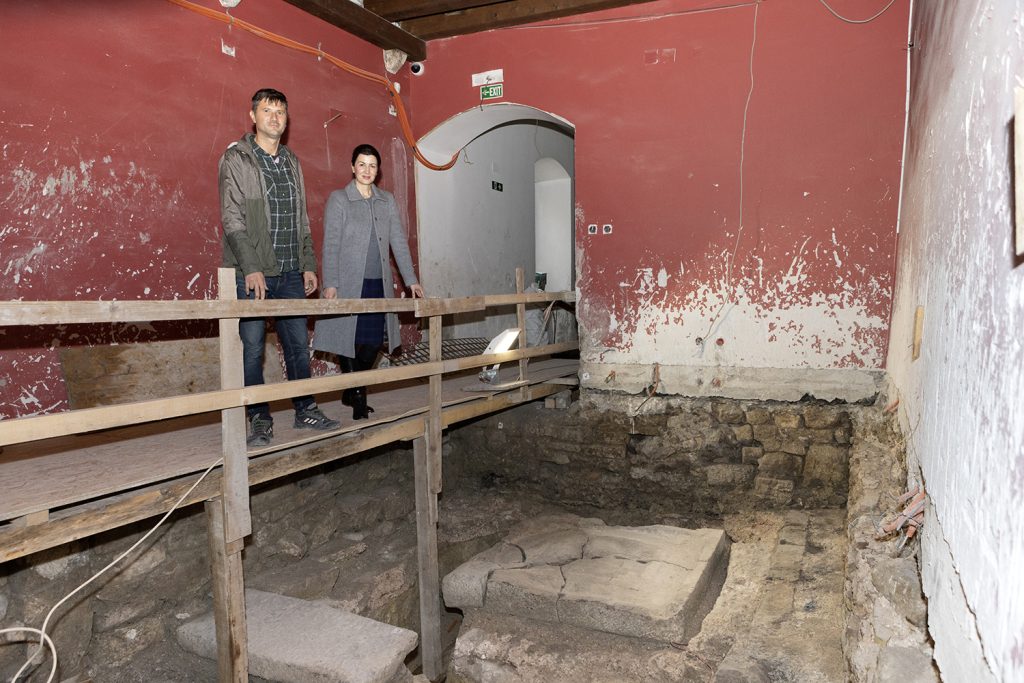
Cingeli explained that the discoveries underneath the Papalić Palace are related to water because they are pools and cisterns, so it is easy to conclude “that there were once thermal baths in the northern part of Diocletian’s Palace as well”.
This comes as somewhat of a surprise for both historians and archaeologists, because for years it was assumed that the northern part of Diocletian’s palace housed barracks and training grounds for Diocletian’s personal guard and staff.
“The fact that all of these layers of earlier buildings that once made up the city are visible inside the Split City Museum provides this museum with additional value that is exceptionally rare. The layered construction started with the ancient layer and continued on into late antiquity, Romanesque, Gothic, Renaissance… all the way up until the nineteenth and twentieth centuries is a paradigm per se,” said the director of the Split City Museum, Vesna Bulić Baketić, highlighting the fact that these discoveries enable further knowledge of the original floor plan of Diocletian’s Palace.
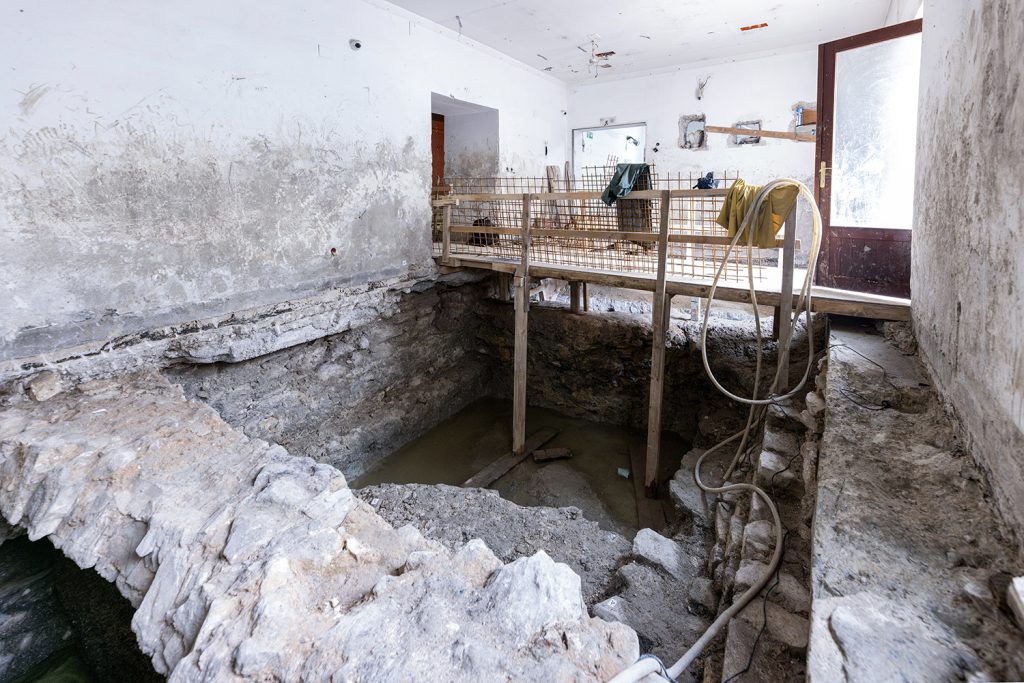
A large part of the excavated rooms on the ground floor of the Split City Museum will remain open. The current plan is to strengthen the walls and secure the structure, and above the open archaeology site, to design a system of walkways that will allow movement above the site. In addition to the infrastructural renovation and installation of the lift, a new concept of the part of the exhibition on the ground floor has been designed, authored by art historian Joško Belamarić. The selection of exhibits, expanded legends/descriptions and other museological items created a narrative thread of the exhibition that starts from before Diocletian’s time, the connection with Salona, ancient Split, all the way through to the early Middle Ages to the period of the autonomous commune.
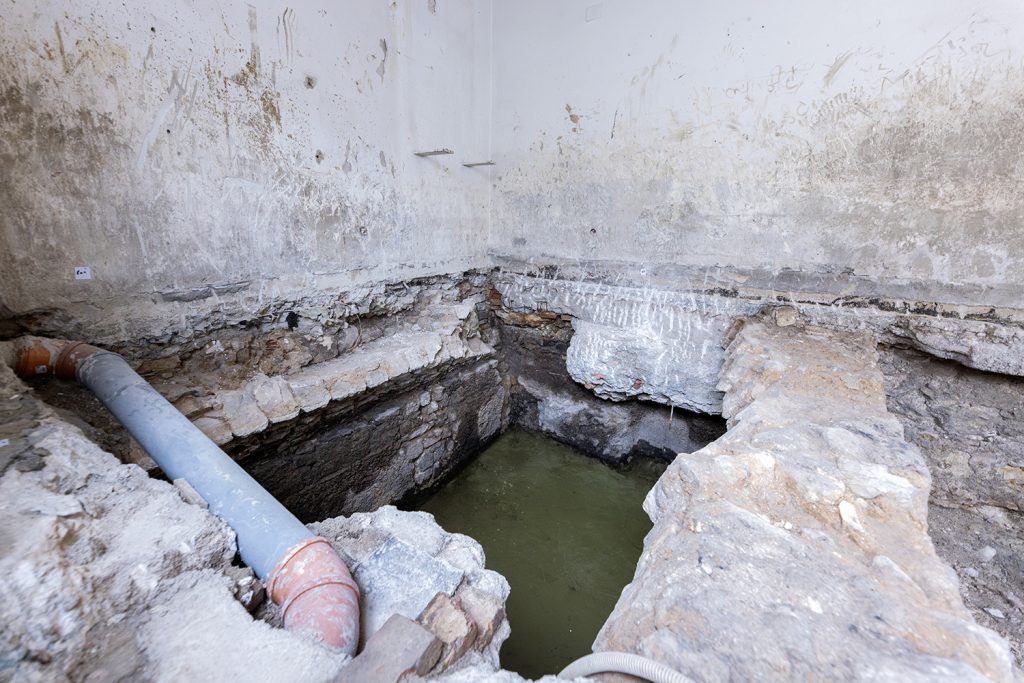
“Showing our visitors the “living past” that speaks to us through the original layers of centuries long gone by adds insurmountable value and legacy to future generations. It is up to us to carry this out in the best and most professional way,” concluded the director of the Split City Museum.
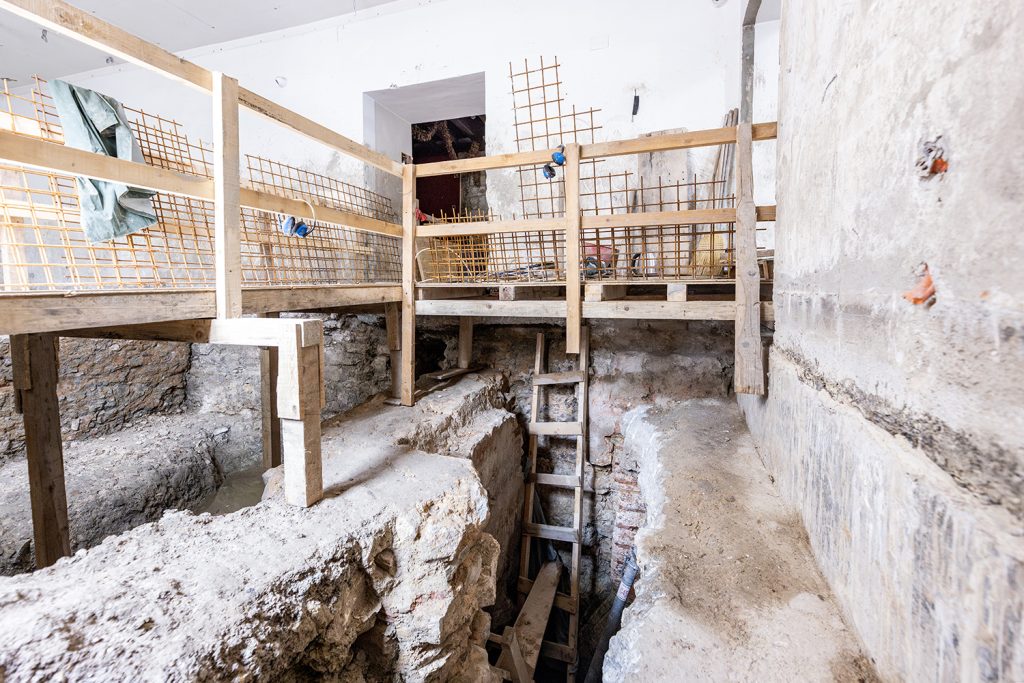
Palace of Life, City of Change – An integrated programme for the development of the visitor infrastructure of the old city centre along with Diocletian’s palace
Total value of the project: HRK 25,421,397.75 / Amount of EU co-financing (grants):
HRK 18,225,974.54
Project holder: City of Split / Partners in the project: Split City Museum, City Tourist Board
Split


